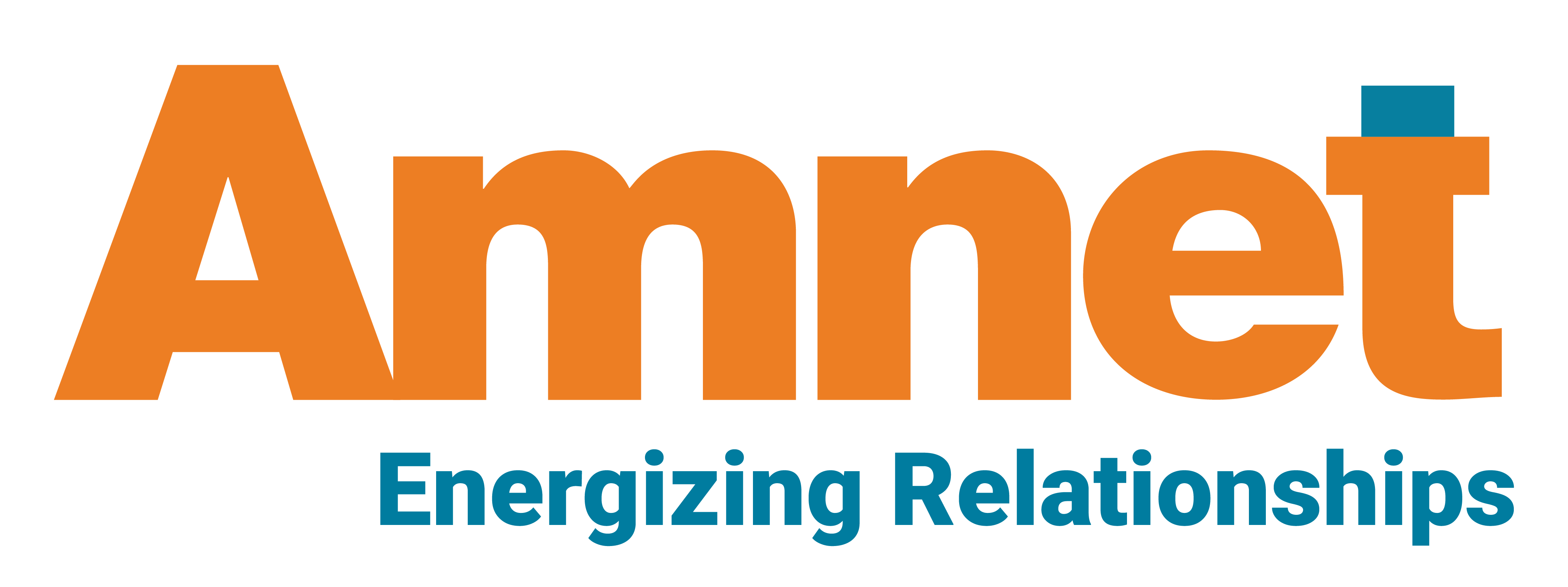Client Requirements
The client sought editorial support to manage a large and complex two-book set that required extensive editorial work and needed to be ready for printing within four months. Limited manpower capacity and stringent timeline requirements made it difficult for the client to manage the project in-house.
Challenges
The client had a two-book set with a very tight production schedule (800 pages each in 4 months). The client’s in-house staff was under immense pressure due to limited time and in-house resources. The challenges were further compounded by several factors:
- The manuscript was not complete upon startup.
- Consistent style had to be applied across both volumes.
- Heavy corrections occurred at the proofreading stage and changes made to the primary book had to be incorporated into the secondary book.
- The indexes had to be revised due to significant reflow in the revised proofs.
Solution Approach
Amnet evaluated the project requirements and deployed a dedicated editorial team to manage the process from start to finish.
- Amnet held a launch call to alert all relevant stakeholders and subsequently built a chapter-wise schedule to meet the due date and simplify the process.
- A shared text correction sheet helped the entire production team efficiently sort, track, and implement revisions as per requirements across both books.
- The Amnet project manager held periodic check-in calls with the team throughout the production process to resolve questions and challenges, and to ensure schedules were followed as planned.
- Through meticulous planning and extended work hours, our team was able to ramp up the editing and review process to meet the demanding project requirements.
Outcome
Through careful input analysis, meticulous scheduling, efficient planning, and teamwork, we were able to meet the client’s schedule and quality requirements. Our ability to handle this complex project helped strengthen our relationship with the client, who made Amnet their partner of choice.
Appreciation from the client:
“We have decided to change the role of Amnet in our vendor base. We have reassigned Amnet as a tier-1 vendor, to manage main textbooks and larger, more complex, and important projects. Amnet does such a good job of handling our complicated books. Thank you and your team for your consistent great work and support.”



